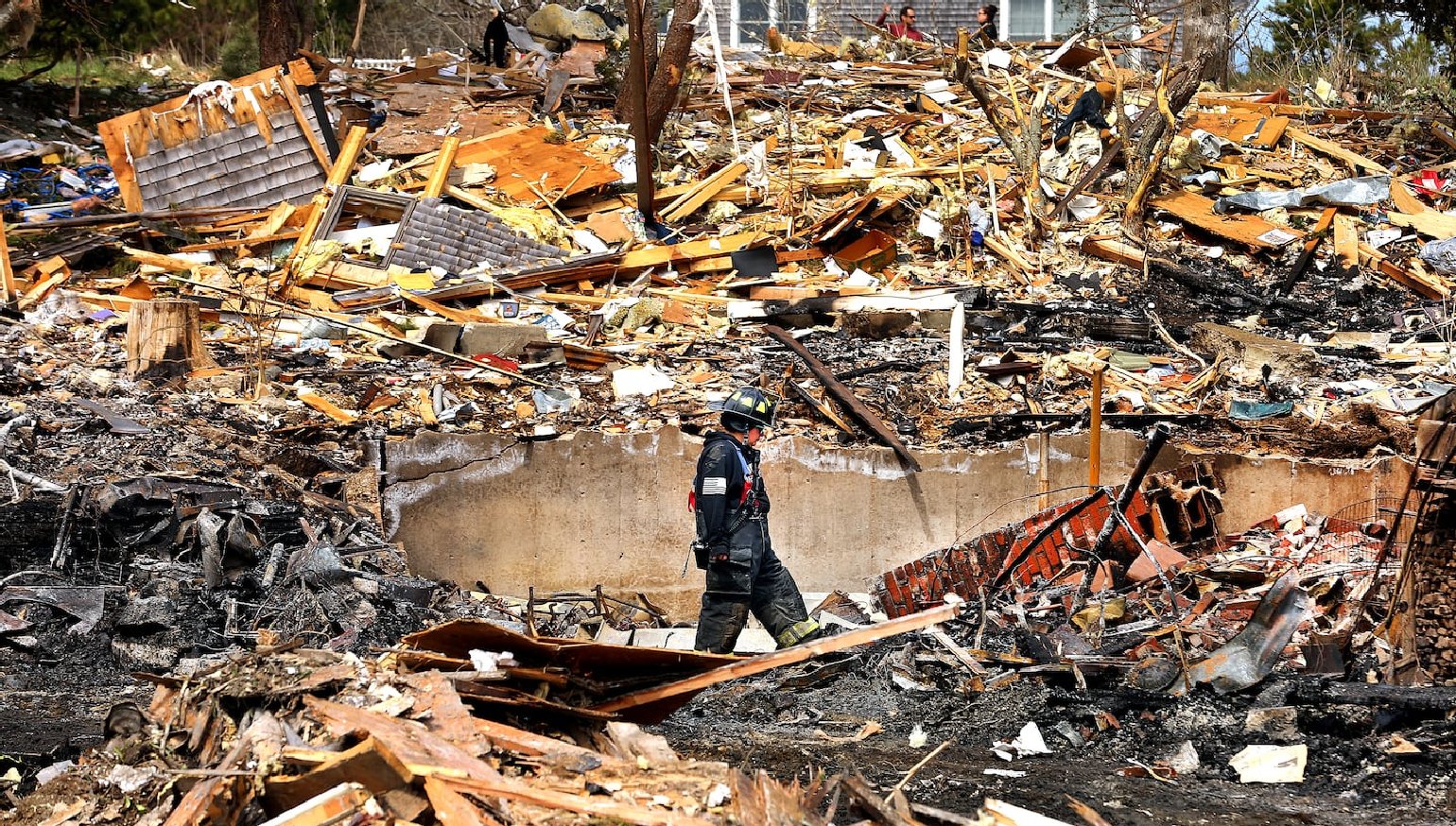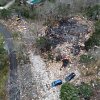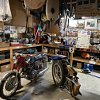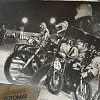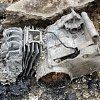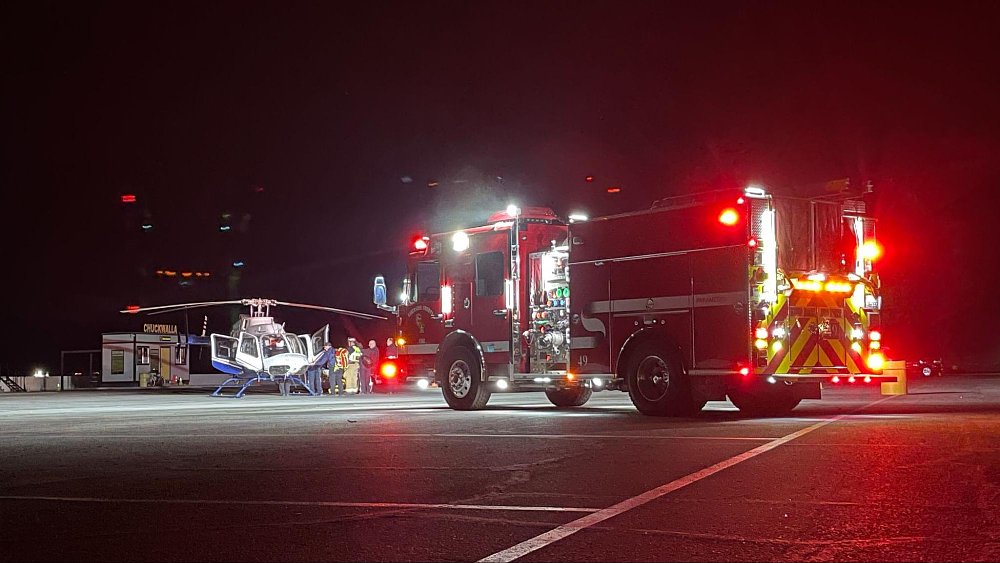We know the explosion happened at 11:22 the night of April 23, 2023, because that’s when a neighbor’s alarm system shows his windows shattering. The Massachusetts Fire Marshal’s report says a propane leak filled the basement and then the water heater ignited the mixture.
The blast turned my childhood home into a crater and woke people 15 miles away. My parents weren’t home so nobody was killed, but everything was destroyed. Ground zero was dad’s basement workshop, which served as the repository for a lifetime of avid wrenching and racing. For a son who’s equally passionate about bikes, it’s a stunning loss.

Mom and dad had homeowners insurance, but as anyone who has dealt with a major disaster can attest, filing a claim and getting reimbursed is an arduous and convoluted process. Nearly two years on, we’re still wading through it.
As the country watches the conflagration in Los Angeles, now seems like as good a time as any to share what I learned while helping my parents navigate their insurance claim, particularly as it pertains to dad’s motorcycles. The hope is that this advice will help others avoid some frustration and heartache if tragedy occurs.
Lesson #1: Homeowners insurance doesn’t cover motorcycles
Just because your bikes are parked beneath your roof doesn’t mean they’re under the umbrella of your home’s insurance policy. Policies have myriad exclusions that limit the insurer’s liability. Motorcycles are one.
Registrable vehicles need an automotive policy, even if, like dad’s bikes, they’ve been decommissioned for years. The exclusion also applies to vehicles that don’t need to be registered, such as track bikes and dirt bikes.
In my parent’s policy, however, there’s an exclusion to the motor vehicle exclusion. Parts, accessories, and equipment that are not “in or upon” a vehicle are covered as personal property. That meant my father’s TBI-induced compulsion to disassemble had converted previously excluded complete bikes into components that were reimbursable. Finally, a silver lining to a habit that had been frustrating me for decades.
There was still the issue of documenting and valuating all those parts (The 1965 TD1-B that would have been a single line item became several hundred, each with its own value), but the point is it’s important to read and understand your policy, and be willing to challenge your adjuster’s classification and assessment of your belongings.
Lesson #2: Standard auto insurance isn’t enough
If your stable is relatively modern or of modest value, then run-of-the-mill auto insurance may provide sufficient coverage in the event of a total loss. But if your motorcycles are especially valuable due to modification or vintage, then you should have a specialized policy that’s tailored to your needs. An “agreed upon value” policy is a good (and surprisingly affordable) place to start. Hagerty is a big player in the vintage-car world and offers insurance for motorcycles, as well.
Frankly, if you own anything that’s out of the ordinary and valuable — a record or coin collection, for example — it warrants specialty insurance, because there’s almost certainly an exclusion or at least a limit on how much your homeowners policy will cover.
Again, read the fine print (most policies aren’t that long) and compare what’s outlined to what you own and want protected.
Lesson #3: Documentation is critical
When it comes to the personal property section of your policy, you don’t get what you don’t ask for. If you want to be reimbursed for something, from that new Arai helmet to those pricey replacement toothbrush heads, you’ll need to list it out. That’s a big task, particularly in the midst of post-disaster depression and brain fog.

I’d spent a lot of time organizing dad’s basement during my last three annual visits so I had a decent idea of what was down there, but it was still an overwhelming space to recall. Then, I had a major “Aha!” moment. During my last trip home, I’d hosted Instagram Live for the RevZilla page from the basement and had given viewers a tour of the mess… er, museum. That footage was an absolute boon when it came to cataloging the basement contents, which ended up accounting for half of my parents total personal property claim.

Many people turn to photos to help jog their memory, so one thing everyone can do today to better prepare for a disaster is record a walkthrough video of your home to document what you have. Include outdoor spaces and the garage and/or basement, and don’t forget to open drawers (including those on your toolbox) and closets. Feel free to narrate — more detail is better. Then upload the file(s) to the cloud for safekeeping.
More to think about
Review your policy. It’s a contract that has payment limits on structures, personal property, loss of use, and other coverages that will affect your finances and your ability to resume normal life.
Your agent should be able to walk you through your policy, line by line. Ask about coverages and their limits, and whether or not your policy is for actual cash value (depreciated value) or replacement cost value.

Many of us simply pay our premiums and assume we’re covered, but insurance is a business and the insurer wants to retain as much capital as possible. Negotiating and pushing back on assessments and proposed payouts is part of the claim process, which is why many people opt to hire a public adjuster. A public adjuster knows the ropes and will go to bat for you, saving you time and frustration and likely yielding a better payout. In exchange, they’ll want a cut of the claim, usually 5% to 20%.
Tragedy can strike anyone at any time. If you’ve been through a disaster yourself or work in the insurance industry and have additional advice, please share your wisdom in the comments section.
And if you want to help those impacted by the ongoing wildfires in Southern California, please consider donating to the Red Cross.




